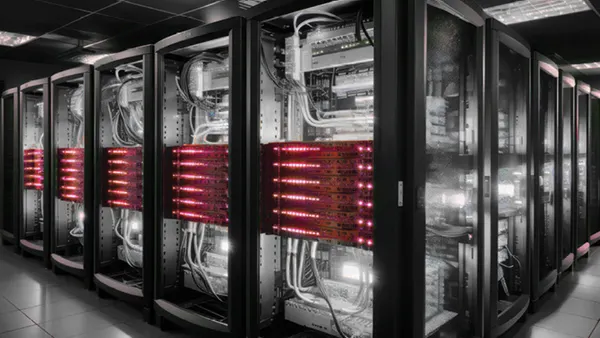Dive Brief:
- A bill to introduce targets to significantly reduce the energy usage of plug-in appliances has passed the California State Assembly Utilities and Commerce committee.
- The bill mandates that plug-in appliances use 25% less energy per household and 40% less energy per square foot of commercial space by 2030. Currently, the average home has more than 30 plug-in appliances, accounting for more than half of its total electricity usage.
- If the changes are implemented, they will reduce CO2 emissions by 7 million tons and save Californians $2.5 billion in energy efficiency savings annually by 2030, according to the Natural Resources Defense Council (NRDC), sponsors of the bill.
Dive Insight:
The bill won’t affect consumers’ ability to buy plug-in devices—instead, the burden of meeting the new targets will fall on manufacturers to design new, more energy efficient devices.
The consumer electronics industry has already proven it can make energy efficient mobile devices, and that the same approach can be taken to other plug-in devices such as washing machines and desktop computers, the NRDC said.
The California Energy Commission and utilities are already implementing a variety of energy efficiency measures for homes and businesses, but NRDC states that “at the current pace of progress, plug-in equipment would still require an additional three power plants worth” of extra generation by 2030.
With California the seat of the U.S. tech industry and on the leading edge of progressive energy policy, expect the passage of this legislation to be closely watched.













